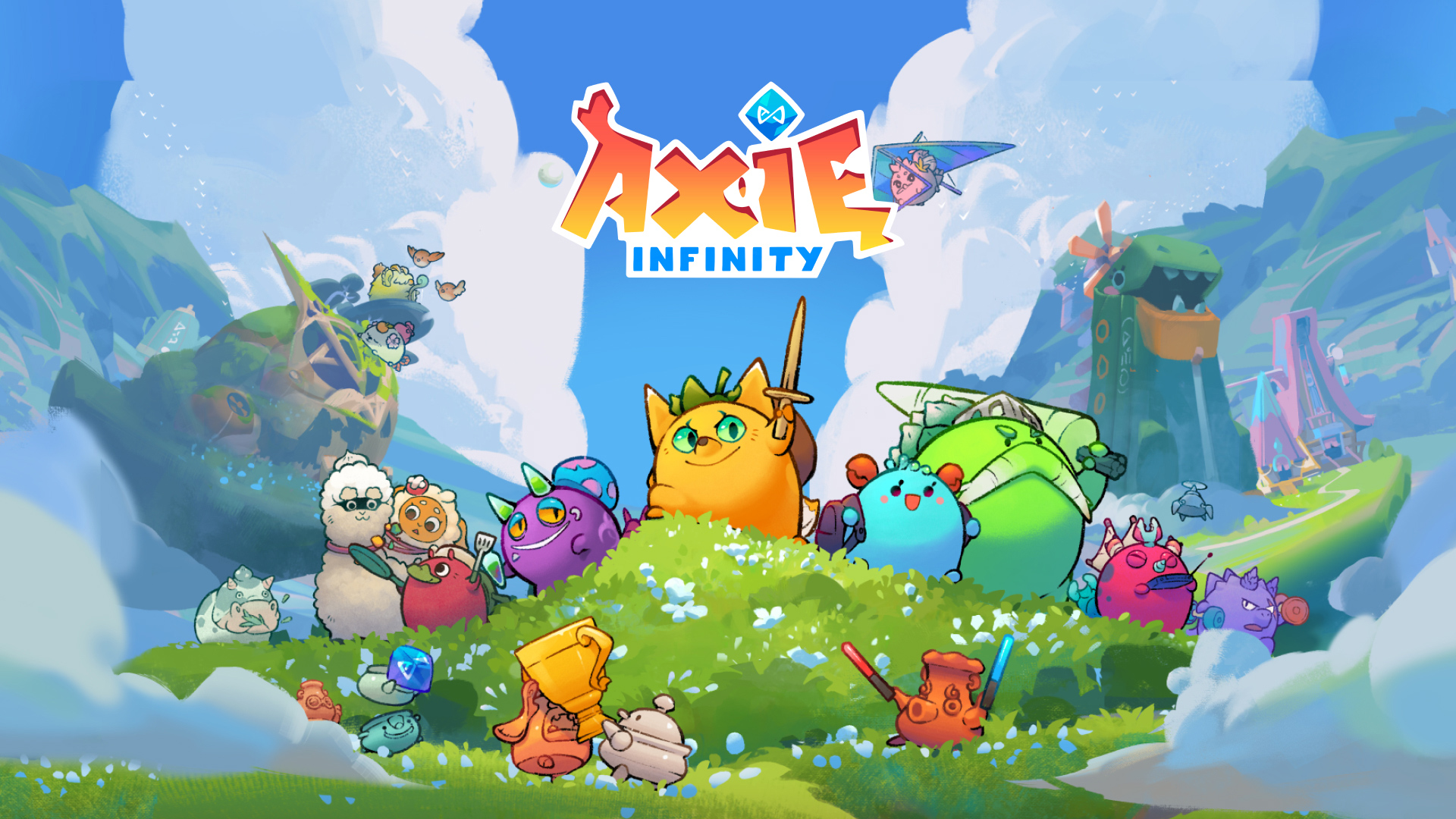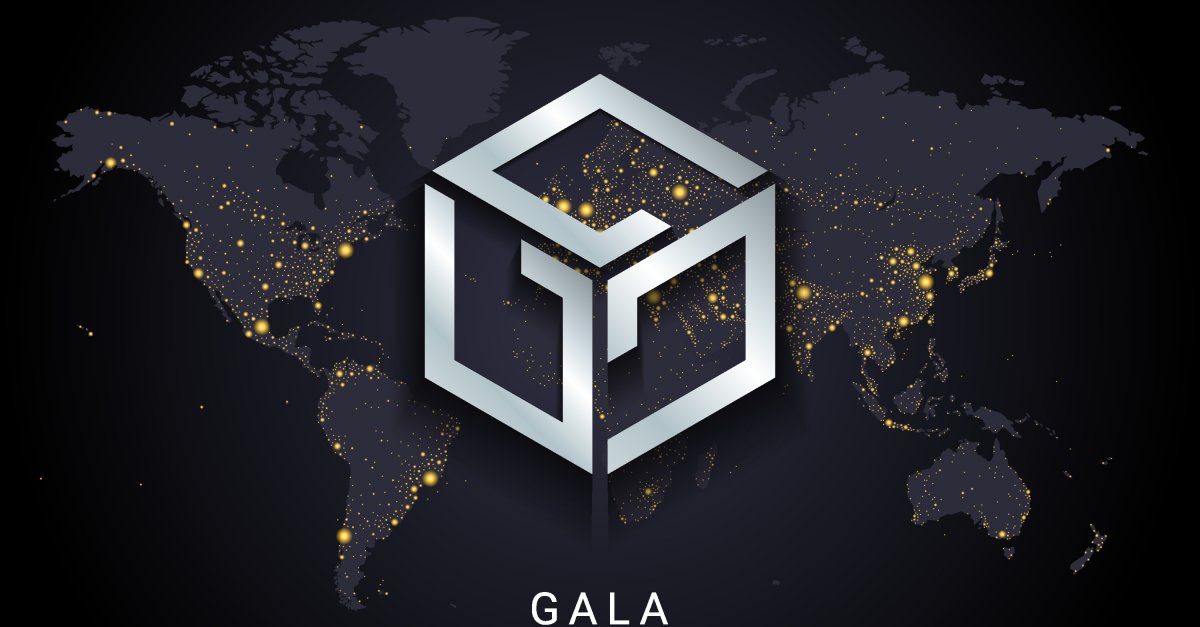Crypto Guide: 5 Top Metaverse Projects for 2024

So, what's the metaverse, and is it still relevant in 2024? In late 2021, the metaverse was one of the hottest topics in tech circles. Metaverse's reputation was boosted when Facebook's Mark Zuckerberg announced his company's commitment and investment in the technology. This short article can guide you if you want to learn more about the metaverse!
When the metaverse was introduced, it immediately captured the attention and imagination of the tech leaders and some keen industry watchers and enthusiasts. For CEOs like Satya Nadella of Microsoft or even Mark Zuckerberg of Meta, the metaverse is 'the future of the internet.' Zuckerberg was so enamored with the technology that he changed the name of his company to 'Meta'.
During the launching of his company, Zuckerberg explained the company's vision for a virtual reality future where its users can share cool stuff, attend meetings or even birthday parties, or customize their avatars. Zuckerberg calls the metaverse the 'next evolution in social connection.'
So what's in the 'metaverse'?
If you're new to the metaverse, you can use the term 'cyberspace' as your frame of reference. The metaverse is also a virtual space, but with plenty of extras. The metaverse doesn't refer to just one technology but integrates several technologies and innovations, focusing on how users interact with the technology. This technology bundle includes, virtual reality, defined by persistent virtual worlds that continue to work even when users are not online, and augmented reality, which blends the physical and digital worlds.
According to McKinsey & Company, the metaverse represents the evolution of the internet that represents the convergence of augmented reality, virtual reality, and even spatial computing, with blockchain's support. McKinsey further argues that the metaverse is a virtual place with three essential features: it boasts a sense of immersion, with real-time interactivity, and comes with user agency.
Like the internet, the metaverse also aims to connect users, but it's more immersive, interactive, and sometimes lucrative this time. Here's a look at some of the recent most exciting metaverse projects.

Axie Infinity
Some will argue that Axie Infinity is a video game, but if we look at the technology and user experience, it's also a metaverse project. Axie Infinity is an exciting metaverse project because it blends NFT collectibles and the blockchain. It's a game where players can discover, collect, and train Axies. Players can collect Smooth Love Potion (SLP) tokens by winning their challenges against other players in the Ranked PvP mode.
Interested players must first download and install a Ronin Wallet, which can be used to store digital assets like Axies and Eth. You can deposit ETH in your Ronin wallet to buy Axies from the platform's official marketplace. Don't have enough ETH? Axie Infinity also supports 'scholarship,' a system where you can rent Axies instead of purchasing them.
Aside from the SLPs, players can also get AXS, the project's governance token. If you're an AXS holder, you can shape the game's direction. It's also possible to stake their AXS on the blockchain to earn more AXS and get more participation in the governance.

Decentraland
Decentraland was launched before 2016, and it's one of the oldest metaverse projects. So, what's Decentraland and how can users enjoy and take part in its immersive experience? The team behind Decentraland markets this metaverse project as a vibrant community of creators and explorers, a dynamic virtual world that's 'created and owned by its users'.
According to its white paper, there's no single entity or organization that controls this virtual world. As an open source project, any one can inject improvements on the project or even build on top of it. The virtual socialization takes place in the Genesis City, with land parcels that users can buy, sell, or rent out in the platform's marketplace.
Interested users must buy its non-fungible digital asset called LAND, using MANA. Decentraland also hosts daily events like concerts and art gallery openings which add to the excitement on this virtual world.

The Sandbox
If you're a new player of the Sandbox, then you'll probably think that its design and gameplay is similar to Minecraft, or even one of the first metaverse projects, Decentraland. Well, we can forgive you for this thinking since The Sandbox shares plenty of similarities to the popular video game and metarvere project. This project also operates on the Ethereum blockchain, and boasts at least three tokens- the SAND, ASSET, and LAND- which are used to purchase digital spaces and play games.
Aside from buying a share of its digital space, users can also koin user-created activities and games. There have been reports that big names such as Lionsgate, Atari, and Tony Hawk has partnered with Sandbox to create games. Like Decentraland and other metaverse projects, Sandbox is community-driven and supports the creative endeavors of its users.
On this platform, users an create games, make stories and monetize their content through the blockchain.

Somnium Space
The Somnium Space is another virtual reality metaverse project developed by Arthur Sychov, an entrepreneur with interests in finance and gaming. Somnium was launched in 2017 with an objective to create an open, social and persistent virtual reality world that's backed by a blockchain. On this platform, players can also buy land, build objects, create avatars, and also earn money. There are plenty of in-game assets to use and explore, including digital land, buildings, homes, and in-game assets.
According to its developer, Somnium Space stands out in the market since it's committed to user creativity and monetization. As a virtial space, the Somnium is accesible on mobile devices, PCs, and major VR headsets like the Oculus Quest. The platform's economy is based on CUBEs, which is used to buy land, items and other services, and users can also earn it on the platform by seling content.
Somnium designs its tokenomics that's friendly to users and players. Unlike traditional metaverse platforms where rewards are skewed towards the developers, Somnium gives players more opportunities to monetize their content and earn more rewards. Somnium Space allows its users to tokenize their in-game assets like avatars, land parcels, wearables, and collectibles. In short, the platform's tokenomics empowers not just the players, but also help the broader token and crypto economy.
Gala

Gala is a blockchain-based gaming platform which blends the benefits of gaming and NFTs to deliver a platform where users can exchange in-game products. Also, the Gala platform boasts several social games which aim to connect players. Currently, its website boasts plenty of games to choose from, including Spider Tank, Mirandus, Town Star, Echoes of Empire, and Grit.
GALA is the platform's digital utility token which serves as a secure and convenient method of payment between participants and players who interactive on its ecosystem. Users can also use GALA to buy digital items like NFTs via the Marketplace and its game's shop. Like most metaverse projects, Gala also allows its users to participate in governance.
How to check and compare the top metaverse projects
For its developers and most of its supporters,the metaverse is the next generation of internet and social interaction. The metaverse isn't just a platform for virual social interaction; it also empowers players and users, giving them plenty of opportunities to collect rewards.
However, the technology behind the metaverse is relatively new and there are only a few 'successful' projects that you can strongly consider. Also, some of the resources that are focused on the blockchain and Web 3.0 are often difficult to understand, especially among beginners or those with no background in the technology.
One strategy you can adopt is to evaluate these top metaverse projects using a SWOT analysis. In management, SWOT stands for Strengths, Weaknesses, Opportunities, and Threats. In short, you'll need to examine each project for its strength, weakness, opportunity, and threat.
Other factors to consider when comparing metaverse projects
Like other new technologies, putting a value on a metaverse project is tricky and challenging. At least with traditional businesses and corporations, the valuation methods are easier since you'll have accesible daya like earnings, assets, past and projected sales, and liabilities.
In metaverse, most of these data aren't accessible, or at least open to the general public. In the absence of traditional valuation tools and resources, you can consider the following:
- Market cap. The project's market capitalization will give you an idea about the project's prospects. A bigger market cap means that investors are willing to pay a premium for the platform and the technology that it represents.
- User base. You're better off with a metaverse project with a large or even increasing user base. If they're rushing to sign up and play, it means that they have found something exciting or even potentially rewarding in the project.
- Tokenomics. It's also a good step to check out the project's tokenomics. These metaverse projects boast native tokens that are used to buy and sell digital products within the platform. Can you earn tokens and rewards on a specific platform by monetizing your creation? Do users have a voice in the governance of the metaverse project? You can find the answers in the site's whitepaper focusing on tokenomics.
Like ChatGPT and the rest of generative AI, these metaverse projects are here to stay. The metaverse is the next step in internet development offering users a more immersive and engaging social experience. And since it's also powered by the blockchain, these projects rely on digital assets that also allow participants to earn rewards.

